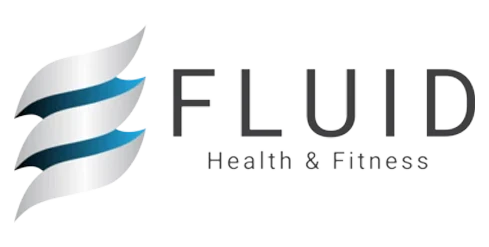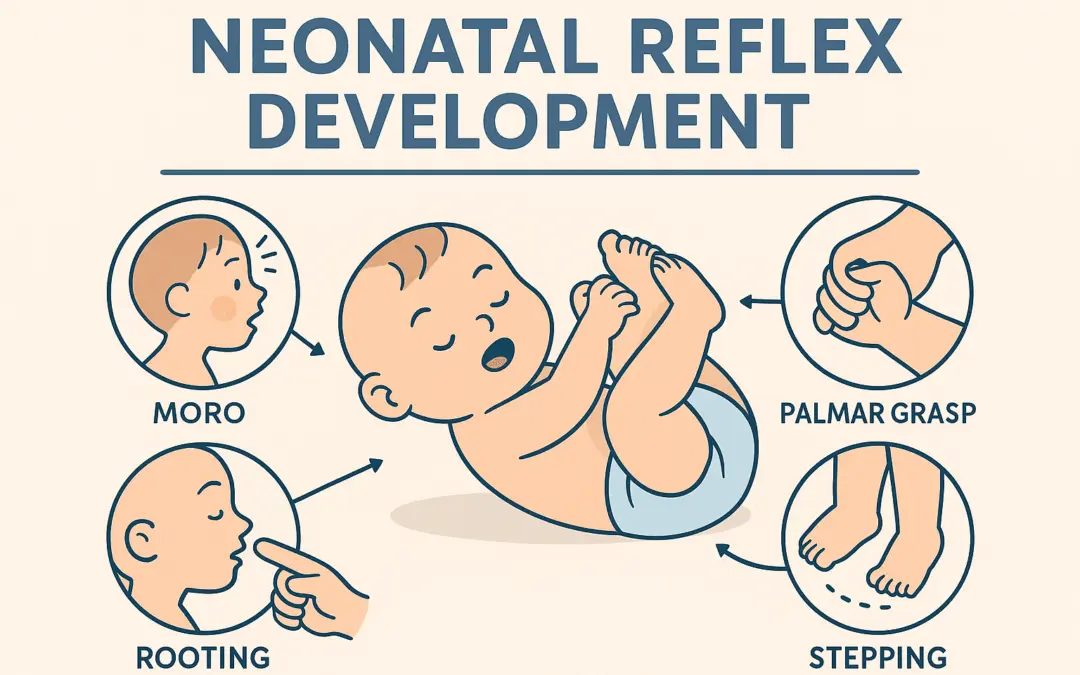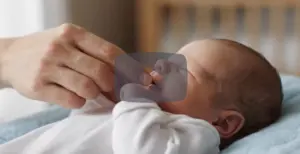You’ve probably heard the phrase “go back to basics,” but in the world of human movement, we mean it literally.
Before you ever stood on two feet, your body followed a brilliant sequence of primitive reflexes—automatic movement responses that helped build posture, coordination, and strength. These reflexes shaped your nervous system’s blueprint for how to move, stabilize, and adapt to gravity.
While they’re supposed to fade after infancy, some stick around—especially if development was incomplete or interrupted by injury, illness, or stress. When that happens, they can quietly hijack your movement system into adulthood, showing up as:
-
Chronic muscle tension (especially neck, low back, hips)
-
Limited core control despite training
-
Poor balance or difficulty with one-leg stability
-
Toe walking, trunk sway, or stiff gait mechanics
This post unpacks the neurodevelopmental movement hierarchy through the lens of reflex integration. We’ll explain what each primitive reflex does, how to assess it, and why integration is essential for rebuilding movement from the nervous system up.
Understanding Neuroplasticity: Rewiring the System
Neuroplasticity is the nervous system’s ability to change based on experience. This means you can relearn foundational movement—even in adulthood—by returning to the very stages that shaped your early development.
Think of it like refining a musical instrument: tuning the nervous system through proper reflex integration ensures that everything else—strength, mobility, breath, performance—works in harmony.
What Are Primitive Reflexes?
Primitive reflexes are involuntary motor responses present at birth. They’re mediated by the brainstem and spinal cord—not conscious thought—and serve specific early-life purposes.
Each reflex:
-
Appears at a predictable age
-
Plays a key role in motor or sensory development
-
Should integrate (fade) as the brain matures and voluntary movement takes over
If a reflex remains active past its normal timeline, it can cause dysfunctional movement patterns, postural issues, and inefficient compensation strategies.
Expanded Reflex Glossary: What Each Reflex Does, and How to Screen It
1. Moro Reflex (Startle Reflex)
-
Appears: Birth
-
Fades by: 3–4 months
-
Trigger: Sudden head drop or loud sound
-
Response: Arms rapidly extend outward, then retract toward the body; baby may cry
Why It Exists: A survival mechanism that prepares the body for sudden changes in environment or threat.
How It Shows Up in Adults (if unintegrated):
-
Hypervigilance or anxiety
-
Poor stress tolerance
-
Core instability or exaggerated startle response
-
Difficulty relaxing under pressure
Screening Method (Child or Adult):
Have the client lie supine. Gently but quickly drop the head back (5°–10°) while supporting it. Watch for sudden arm extension, breath holding, or visible flinch. In adults, test for postural reactivity under fast sensory input (e.g. visual or vestibular startle).
2. Tonic Labyrinthine Reflex (TLR)
-
Appears: In utero
-
Fades by: 3–4 months
-
Trigger: Change in head position (forward or backward)
-
Response:
-
Head flexed: Body flexes (limbs draw in)
-
Head extended: Body extends (limbs straighten)
-
Why It Exists: Organizes tone and posture in response to gravity.
How It Shows Up in Adults:
-
Stiff posture in extension or floppiness in flexion
-
Trouble with balance or proprioception
-
Difficulty transitioning from lying to sitting or standing smoothly
-
Diaphragmatic dysfunction when lying supine or prone
Screening Method:
Have the client lie supine and gently lift their head into slight flexion and extension. Observe for limb stiffening or body-wide tone shifts. In prone, look for body tension when the head lifts into extension. Poor tolerance of either position suggests retained TLR.
3. Asymmetrical Tonic Neck Reflex (ATNR)
-
Appears: Birth
-
Fades by: 5–6 months
-
Trigger: Rotation of the head to one side
-
Response: Arm and leg on the face side extend; limbs on the skull side flex
Why It Exists: Assists early visual-motor coordination, especially for reaching.
How It Shows Up in Adults:
-
Poor midline control
-
Difficulty crossing arms or legs
-
Asymmetrical movement patterns
-
Shoulder instability or neck tightness
Screening Method:
Have the client lie supine with arms extended. Gently rotate their head to one side. If one arm extends and the opposite bends (especially involuntarily), ATNR may be retained. Watch for trunk rotation or limb shift in response.
4. Symmetrical Tonic Neck Reflex (STNR)
-
Appears: ~6 months
-
Fades by: 9–11 months
-
Trigger: Neck movement in quadruped
-
Response:
-
Neck flexion: Arms bend, legs extend
-
Neck extension: Arms straighten, legs bend
-
Why It Exists: Prepares the body to dissociate upper and lower limbs for crawling.
How It Shows Up in Adults:
-
Difficulty coordinating limbs
-
Trouble holding a neutral spine in crawling, planking, or squatting
-
Poor hand-knee stability
Screening Method:
Place client in a hands-and-knees position. Have them look up and then tuck their chin. Watch for shifts in limb posture or loss of trunk control. Collapsing arms or hips rising with head movement indicates STNR dominance.
5. Palmar and Plantar Grasp Reflexes
-
Appears: Birth
-
Fades by:
-
Palmar: 4–6 months
-
Plantar: 9–12 months
-
-
Trigger: Touch to palm or bottom of foot
-
Response: Finger or toe flexion (gripping)
Why They Exist: Prepares the hands and feet for weight-bearing and fine motor development.
How They Show Up in Adults:
-
Over-gripping in hands or curled toes when walking
-
Tight forearms, carpal tunnel symptoms
-
Poor foot control or pronation
Screening Method:
Gently stroke the palm or foot sole. Watch for involuntary curling. Ask the client to balance barefoot and observe toe tension, clawing, or foot instability.
6. Rooting Reflex
-
Appears: Birth
-
Fades by: 3–4 months
-
Trigger: Gentle stroke to the cheek
-
Response: Head turns toward the stimulus and mouth opens
Why It Exists: Helps baby find food (breast or bottle).
How It Shows Up in Adults:
-
Facial tension
-
Overactive neck flexors
-
Head rotation with minor skin contact
Screening Method:
Stroke the side of the cheek and watch for head rotation. In seated posture, observe for involuntary head-turning habits or discomfort during manual cueing near the face.
7. Landau Reflex (Postural Reflex)
-
Appears: 3–4 months
-
Fully integrates by: 12–24 months
-
Trigger: Being suspended prone in space
-
Response: Full-body extension (head up, back arched, legs extended)
Why It Exists: Supports anti-gravity extension and postural awareness.
How It Shows Up in Adults:
-
Lumbar overextension
-
Poor head-to-hip alignment
-
Weak trunk extensors or exaggerated spinal curves
Screening Method:
Place a client in prone. Ask them to lift their head and legs off the ground (superman hold). Watch for disjointed extension patterns (e.g. only lumbar arching, shoulder shrugging, or neck strain).
The 8 Stages of Reflex-Driven Motor Development (Quick Summary)
Each stage represents a phase in which certain reflexes integrate, and new motor patterns emerge.
| Stage | Milestone | Dominant Reflexes | Primary Goal |
|---|---|---|---|
| 1 | Fetal Flexion (0–2 wks) | Moro, TLR, Grasp | Establish flexion tone |
| 2 | Head Turning & Tracking (2–4 wks) | ATNR, Rooting | Develop cervical mobility & visual-motor control |
| 3 | Prone Elbow Prop (3 mos) | TLR fading, STNR emerging | Build postural extension |
| 4 | Supine 90/90 Midline (4–4.5 mos) | Grasp reflex fading | Core stability & diaphragm control |
| 5 | Rolling with Segments (5–6 mos) | STNR fading | Trunk rotation & coordination |
| 6 | Quadruped Rocking (6–8 mos) | STNR integrated | Limb dissociation & spinal control |
| 7 | Kneel-to-Stand (8–10 mos) | Landau, Postural | Load transfer & single-leg balance |
| 8 | Walking (11–14 mos) | Equilibrium reactions | Upright dynamic balance |
Sample Clinical Drill: 3-Month Prone Elbow Prop
Setup:
-
Client lies prone with elbows under shoulders, chin slightly tucked
-
Shoulders should stay low, scapulae spread, head neutral
Goal:
-
Hold for 10–15 seconds without shoulder shrugging, low back collapse, or breath-holding
What It Trains:
-
Scapular stability
-
Head control against gravity
-
Diaphragmatic breathing in prone
-
STNR modulation and TLR inhibition
Summary: Movement Quality Begins at the Foundation
Primitive reflexes aren’t just about babies—they’re blueprints. If early patterns remain unrefined, the nervous system keeps using outdated movement instructions. That’s why reflex integration work is reorganization, not regression.
Through deliberate positioning, controlled breath, and intentional sensory input, we help the nervous system remember how to stabilize from the ground up.
Key Takeaways
-
Primitive reflexes shape early movement and postural control
-
Retained reflexes can limit performance, stability, and recovery
-
The 8-stage hierarchy guides re-integration of core movement skills
-
Clinical reflex screening reveals hidden nervous system inefficiencies
-
Simple positions (like prone prop) retrain deep neurological patterns
Applied Fundamentals – Learning Lab
Turning foundational science into real-world strength




